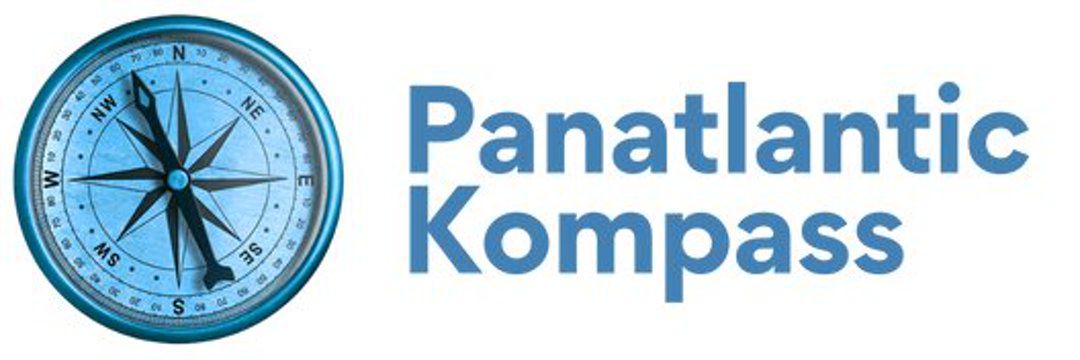US student visa has come under rigorous checks and regulations in 2025 as immigration policies continue to shift since President Donald Trump assumed office in January, throwing the US education market into an uncharted territory right now.
Pan-Atlantic Kompass had on Friday reported that the Trump administration has ramped up its immigration enforcement, targeting not only undocumented immigrants but also those with legal status, including US student visa holders and green card recipients, something that has left the US immigrant communities in shock.
Reports indicate a wave of high-profile arrests, detentions, and visa revocations, particularly aimed at individuals perceived as opposing U.S. policies or participating in campus activism.
US Secretary of State Marco Rubio had on March 27 disclosed that the State Department has revoked 300 or more student visas, as the White House increasingly targets international students whose main offense seems to be activism. Recall pro-Palestine protests rocked US colleges and Universities in 2024, disrupting campus learning for weeks.
Recently, the U.S. State Department issued updated guidelines for US student visa. A March 25 directive broadened the definition of “terrorist activity” to include social media posts, financial donations, and affiliations that could be interpreted as supporting adversarial groups.
Consulates are now instructed to scour US student visa applicants’ social media profiles for signs of “hostile attitudes” towards the U.S.
Foreign students participating in campus protests risk visa cancellation. The incumbent administration cited a 1952 law allowing deportation for activities deemed harmful to U.S. foreign policy.
Key Rules to Follow for US Student Visa Holders in 2025
International students must follow strict visa regulations, including full-time enrollment, class attendance, and reporting to their Designated School Official (DSO). Violations can lead to deportation and a U.S. re-entry ban.
Arrival Essentials
Timing is Key: Enter the U.S. no more than 30 days before your program’s commencement.
Immediate Reporting: Contact your Designated School Official (DSO) upon arrival and again by your program’s start date (as indicated on your Form I-20).
During Your Studies
Consistent Attendance: Regular class attendance and academic progress are mandatory.
Full-Time Enrollment: Maintain full-time enrollment. If facing academic challenges, consult your DSO before dropping any courses.
Program Extensions: If you require additional time to complete your degree, consult your DSO before your I-20 expiration date.
F-1 Student Vacation Guidelines
Eligibility: F-1 students must complete one full academic year before qualifying for an annual vacation.
Vacation Flexibility: During vacation periods, study intensity is flexible, but enrollment in the following term is required.
Employment Rules for US Student Visa Holders
F-1 students can work on-campus or through approved CPT/OPT programs, while M-1 students can only work after graduation with authorization. Unauthorized work can result in immediate deportation.
For F-1 Students:
You may work under specific conditions:
On-campus employment (limited hours during the academic term)
Curricular Practical Training (CPT) – work related to your field of study
Optional Practical Training (OPT) – before or after graduation
Unauthorized work can lead to immediate deportation. Always seek approval.
For M-1 Students:
No employment is allowed during studies.
Practical training is permitted only after completing your program with DSO and USCIS approval.
What to Do After Graduation?
F-1 students must leave within 60 days, and M-1 students within 30 days unless they transfer, enrol in another program, or switch to a work visa like H-1B.





